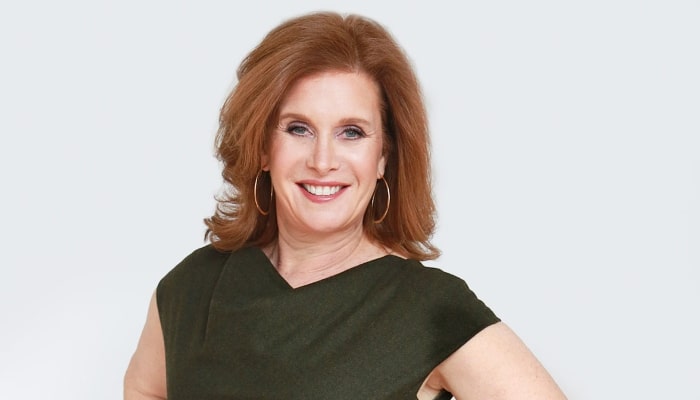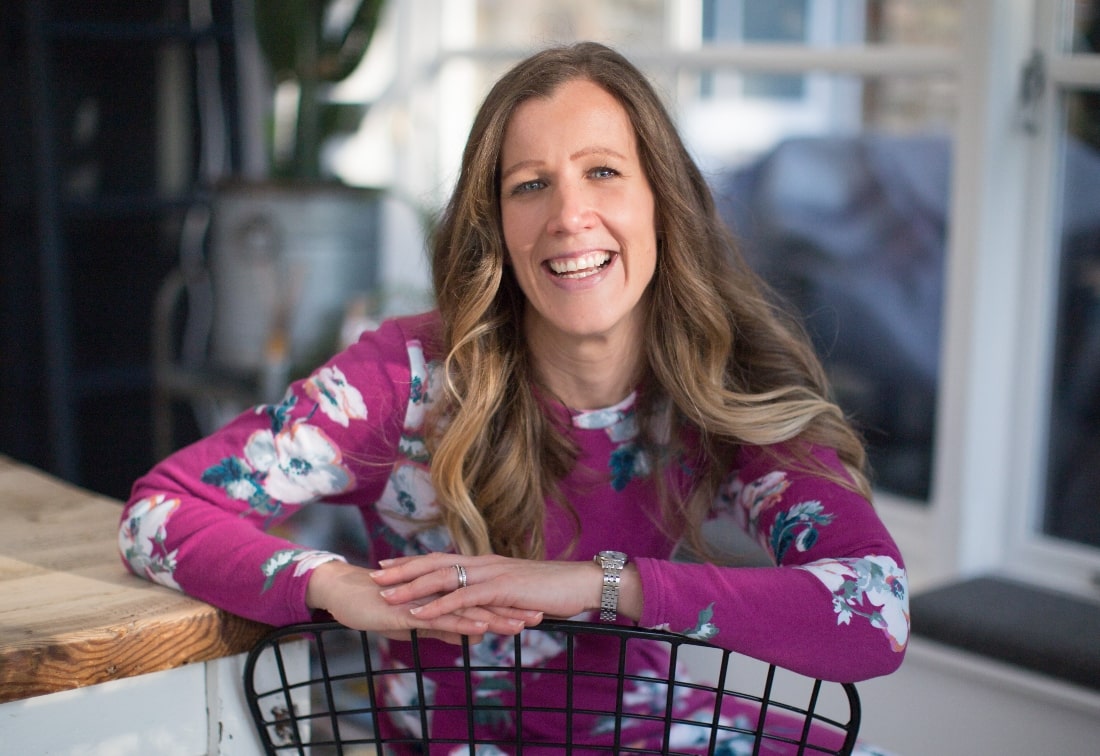FemTech companies advertising on the world’s most popular social media sites are continuing to face content moderation and advertising policies which are putting them at a disadvantage!
After Facebook and other sites’ ad policies were called out for being biased against women’s health in 2015, and again in 2019, we ourselves have continually noticed how FemTech and SexTech content is being hidden by these outlets.
After interviewing founders from multiple FemTech startups, FemTech.Live has found women’s health content is still being blocked.
So, what is the issue?
“The primary challenge facing FemTech companies is that social media platforms reject their advertisements for ‘breaking’ guidelines,” says Hannah Wrathall, founder of Wrapp Consulting, which specialises in marketing and communications for women’s health. “It’s happening because either the visual content is deemed explicit or provocative, or the copy includes ‘adult’ terms. But this means the platforms are restricting words or phrases like vagina or sexual wellness, and even pelvic floor.”
“As Inga Driksne, an Operations Advisor to early-stage founders, summarised, “you’re supposedly not allowed to advertise sex or female pleasure which is rather ridiculous given it’s 2021!”
So what is really at the root of these advertising policies? Susan Stover, a brand and content creation consultant in the FemTech industry, thinks she knows. “The short answer: stigma.” She went on to say, “traditionally women’s bodies have been seen as shameful or taboo, especially when it comes to sexual wellness.”
Rachel Braun Scherl, a self-confessed vagipreneur®, agreed saying, “The healthcare industry has historically placed FemTech as a ‘niche category.’ The same outdated barriers and challenges that stand in the way of the successful commercialisation of women’s health products and services are translated into the advertising spaces.”
What is the reality?
Susan Stover, co-host of the FemTech Focus monthly Book Club, has “spoken to over 100 FemTech companies and founders offering solutions across the board.” From this she has noticed, “when it comes to challenges in advertising you hear similar stories about ads featuring objectively non-sexual or non-suggestive images accompanied with ad copy containing words like “vagina” or “pelvic floor” and they are banned for seemingly arbitrary reasons.”
Rachel Braun Sherl confirmed this, “Most of the companies I have worked with, including ones I have founded, faced or still face this challenge. I have personally faced a lot of these issues when it came to advertising. I have been in this industry for over a decade. While we have made some progress on certain dimensions, we are in the same place as others.”
The Algorithm
As Hannah Wrathall summarised, “If a brand wants to talk about pleasure, then the adverts are banned. Brands or businesses related to birth work have similar difficulties. Naked women giving birth or breastfeeding their babies are flagged up as inappropriate and removed from the platforms.”
All of this she says is down to “the algorithm, or the teams reviewing the content, have not been educated on the distinction between the female body for sexual gratification and the female body as an owned and an empowered entity capable of sexual pleasure.”
Sex Education
This happened to Magaly Pirotte, whose platform SEX-ED + advocates for a sexuality education that is more inclusive. She shared her story with us, “Three years of blocked advertisement accounts with Facebook and Instagram – I couldn’t even promote kittens, just blocked!”
She continued, “The Instagram account deleted without warning one month ago – impossible to have it back! And then, a major case of shadow banning on Facebook (not even 1% of followers see my posts). On top of that, it’s been two weeks since LinkedIn started to block and delete my posts and comments.”
Female Pleasure

But Magaly’s story is not unique, Rachel Braun Scherl’s company Zestra, which aims to improve arousal, desire and satisfaction for women faced similar issues. She shared her story with us, “when I first tried to get my direct, factual ads for a product for arousal, desire and satisfaction, we were rejected by 95 of the 100 outlets we reached out to.”
“As a part of a strategy to roll out the product to a broader market, Mary and I worked with professionals to create tasteful, factual, accurate, and effective ads for Zestra. There was nothing prurient or objectionable about them; we didn’t simulate sexual activity, as did other companies advertising products completely unrelated to sex (sneakers and toilet bowl cleaners, among others). We didn’t even use the names of female body parts (again, not that there’s anything wrong with that). From our perspective, the ads were fairly innocuous and certainly respectful.”
“Ninety-five percent of the media outlets we contacted refused to take our money. Not even WebMD—a medical site— would ultimately agree to take our ads. Even though Zestra was a safe, clinically proven product, it quickly became crystal clear that we would not, under any circumstances, be able to persuade the majority of advertisers to accept Zestra ads.”
Sexual Health

Hannah Wrathall, who works closely with FemTech brands, shared a similar story of Jemma Sawyer, the founder of Iloh.co.uk, a sexual wellness retailer for womxn.
“[Jemma] explained that she struggles to get any ads approved for her brand. She recently added menstrual products to her offering, which means her customers can now buy those items directly from her Instagram shop. But all condoms, lube or toys are banned.”
“[But] the social media platforms also appear to be restricting organic or non-paid content. Dr Karen Gurney, @thesexdoctor on Instagram, recently flagged up that the engagement levels on her Instagram content were dropping. My audience may not have quite the same reach, but I also see a reduced engagement level when I share content about sexual wellness.”
Hannah concluded firmly, “The social media platforms allow content related to ‘family planning’ when targeted at over 18-year-olds. For example, this means that erectile dysfunction adverts are often approved.”
How can it be changed?
Marketing Strategy
At a very granular level, there are small content changes that can be made. As Hannah notes, “many in the community are using workarounds like s£x or v8gina.”
Susan Stover advises that you “build that into your marketing strategy.” She continued, “so how do you talk about what products you provide without specifically stating what body parts are mentioned? Listening to the customer is key in the process and meeting the customer where they are and what their needs are is critical.”
Societal Shift
For Inga Driksne, there was a clear way of changing things, “start a movement and use word of mouth!”. Inga referenced “Dame Products [who] launched #DerailSexism campaign where they encouraged all their customers and followers to bring attention to their advertising ban with the New York City Transit Authority.”

This need to change societies’ perceptions was outlined by all our contributors. Susan Stover perfectly summarised their views.
“I think one thing to remember here is that FemTech, as a whole, is unique in that we’re not just providing solutions and technology to benefit women’s health and wellness – but we’re also having to take on the challenge of breaking down taboo and stigma around women’s bodies.
Be it menstruation, pregnancy, sexual wellness, menopause, or even mental health – these topics have for too long been discussed in whispers, or not at all. This is a major paradigm shift. It’s going to make people uncomfortable – not because it’s not needed, but because we’re so entrenched in the idea that women’s bodies and health are just not something that’s spoken about.”
Big Brands
For Hannah Wrathall, “the most important thing to do is to call out the platforms when restrictions on FemTech advertisements happen.”
Hannah went on to say, “The onus should be on these companies to work with brands to adapt and solve the algorithm. It is one of the biggest challenges we face with technology; we can’t allow companies to create AI and machine learning with this gender bias.”
She concluded, “It would be helpful to hear from the social media platforms whether our fears about the algorithm are correct and if they’re open to discussing the best way for FemTech companies or influencers to manage this.”
So Facebook, Instagram, and LinkedIn – are you ready to talk?
With thanks to our contributors

Susan Stover, Brand and Content Creation Consultant in the FemTech industry 
Rachel Braun Scherl, Self-Proclaimed Vagipreneur® 
Hannah Wrathall, Founder of Wrapp Consulting 
Magaly Pirotte, Founder of SEX-ED + project 
Inga Driksne, Operations Lead & Advisor







